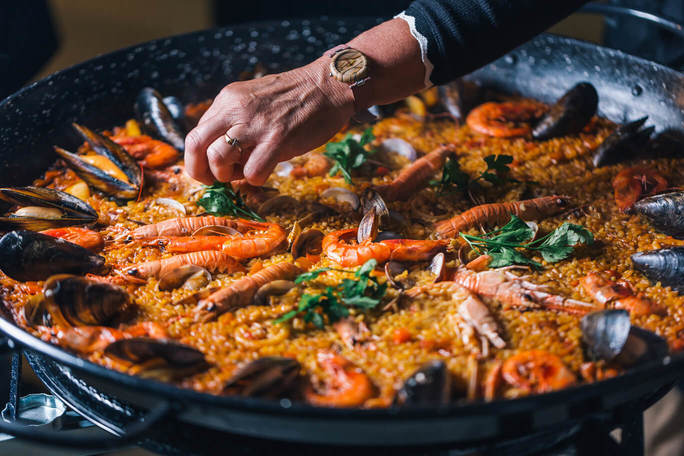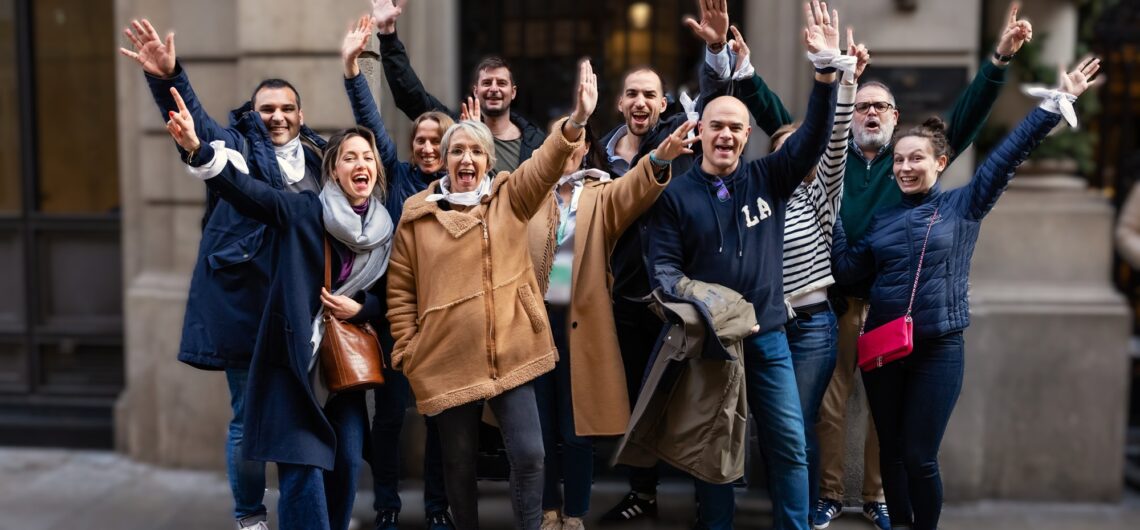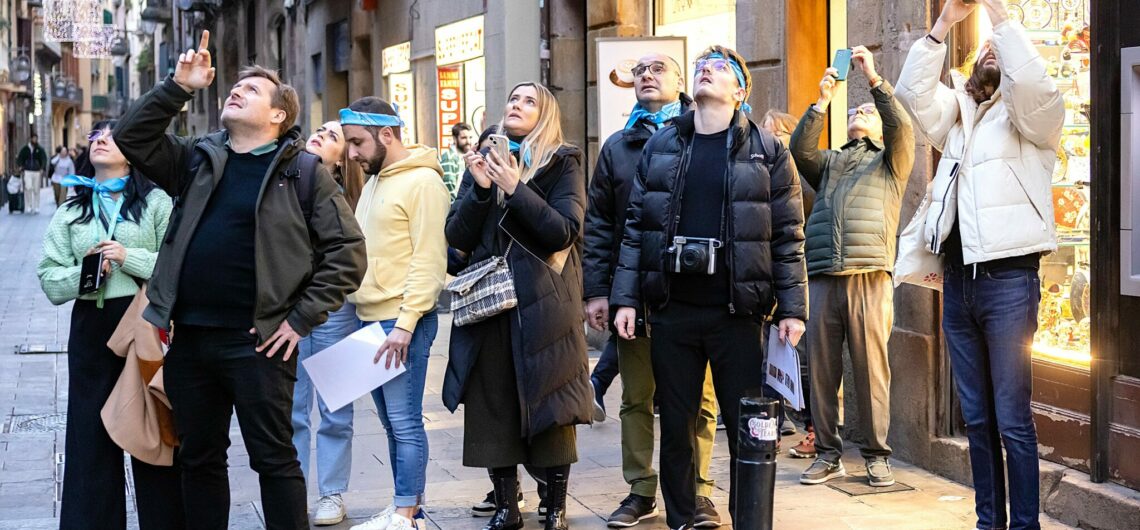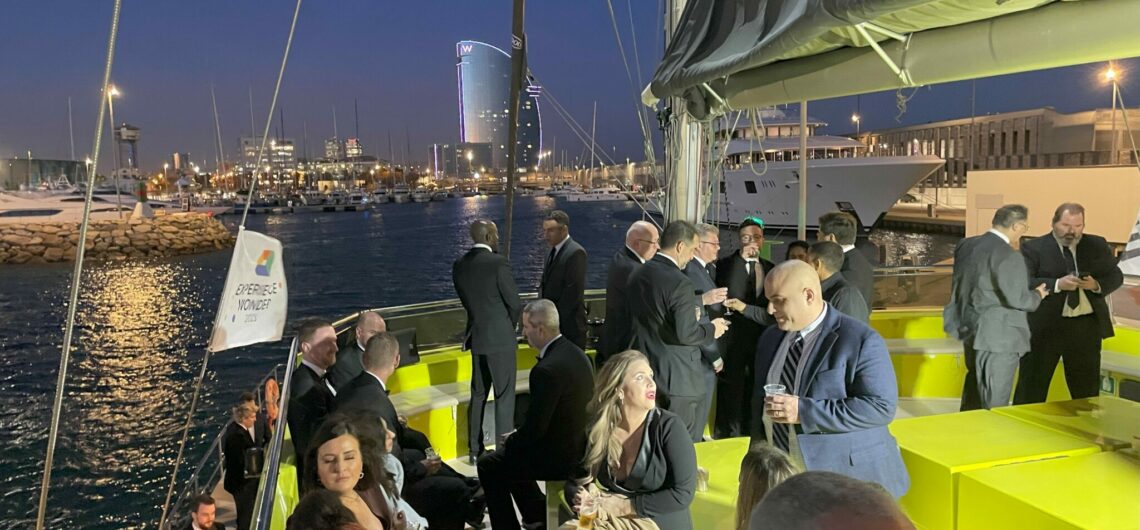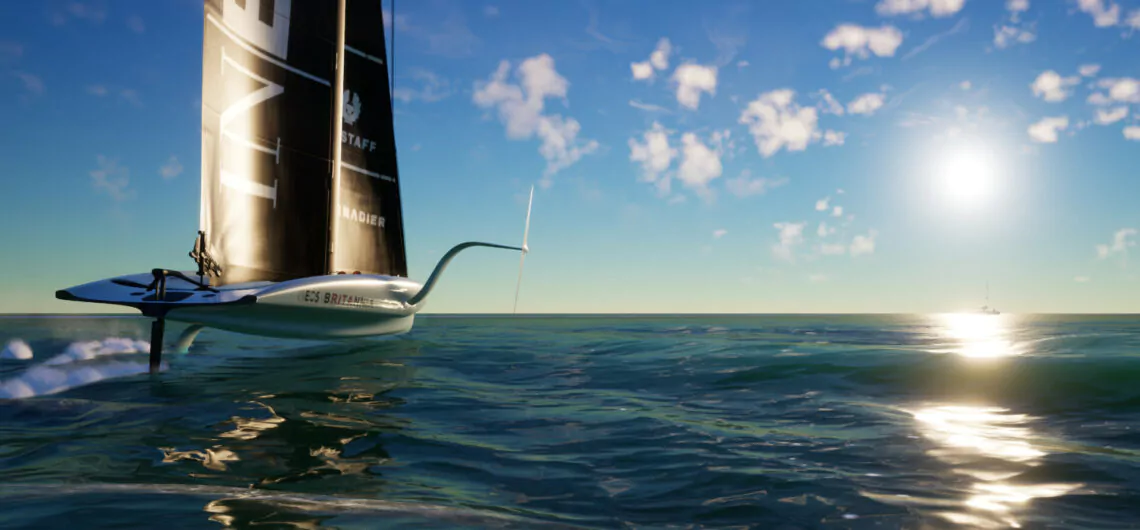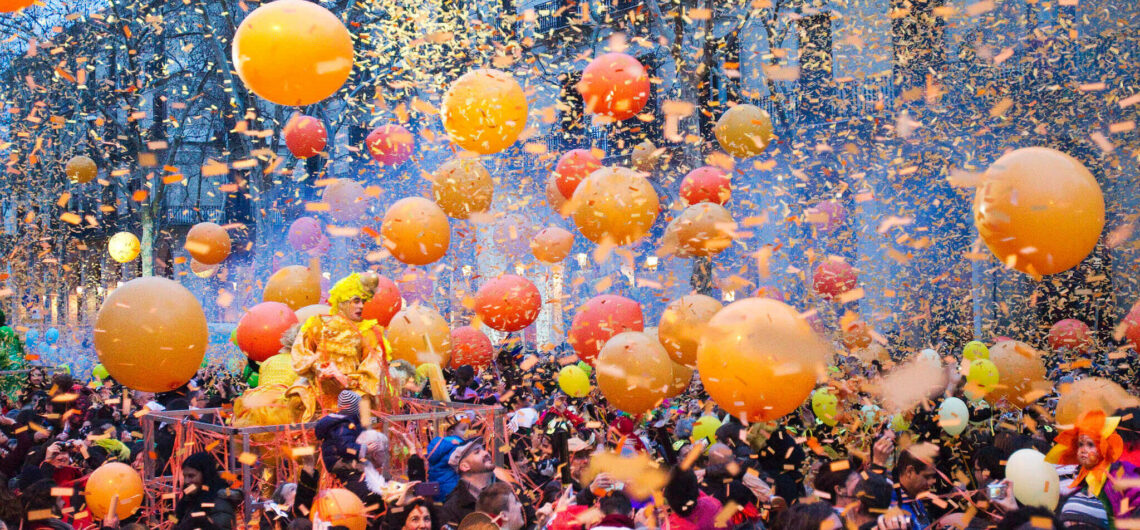In the vibrant, sun-drenched city of Barcelona, corporate and group events have become a crucial part of business strategy, offering unique opportunities for team-building, networking, and celebration. While the city itself provides a spectacular backdrop, the success of these events hinges on meticulous planning and a deep understanding of client needs. This is where a
In today’s dynamic business environment, fostering team cohesion and creating memorable experiences are key to success and well-being. Barcelona, a vibrant and cosmopolitan city, provides the ideal setting to achieve these goals. At BarcelonaTours, we understand that efficiency and personalization are paramount for your company. That’s why we design private tours and team-building activities that
Barcelona is a vibrant and cosmopolitan city, ideal for organizing all types of corporate events. Its modern infrastructure, excellent cuisine, privileged location on the Mediterranean coast, and unique cultural offerings make it one of the world’s favorite destinations. But these qualities alone are not enough to guarantee the success of your corporate event. To achieve
The 37th America’s Cup in Barcelona runs between August to October 2024. This prestigious sailing competition, known for drawing the world’s attention to the sport of sailing, will transform Barcelona into the epicenter of international sporting excitement. The event also showcases the city’s unique charm and the competitive spirit of the America’s Cup. As Barcelona
Are you visiting Barcelona in February and want to know what to do? If so, BarcelonaTours has you covered. February is a great month to visit Barcelona and this year is no different, with lots of activities and things to see and do. The evenings may be cooler, but there’s warm sunshine in the afternoon

